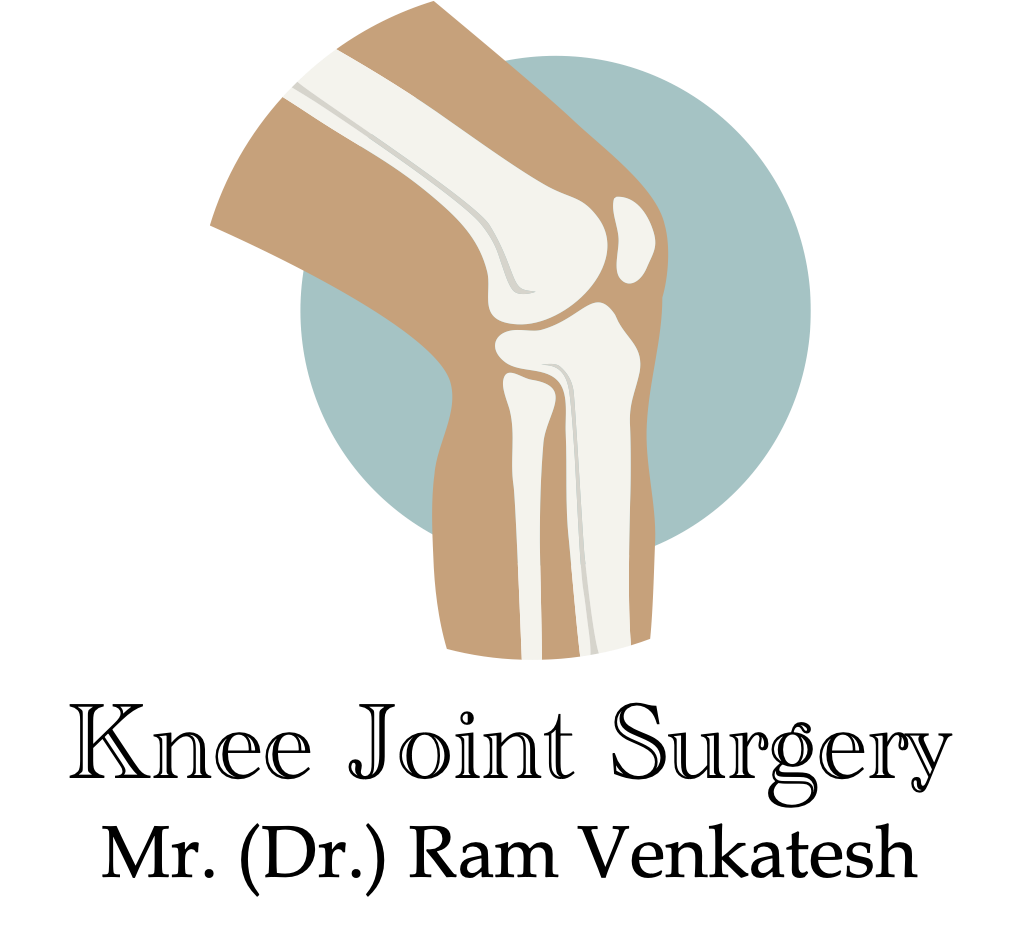Hight Tibial Osteotomy
Varus malalignment with medial compartment articular cartilage damage is the commonest indication for HTO. The two common techniques are medial opening wedge and lateral closing wedge osteotomy. The opening wedge osteotomy has gained in popularity due to less invasive techniques and the ability to avoid change in shape of the proximal tibia for future TKR. Fibular osteotomy is not required and the common peroneal nerve is avoided. The second indication for HTO is for a ligament deficient knee with varus thrust.
Coventry MB. Osteotomy of the upper portion of the tibia for degenerative arthritis of the knee. A preliminary report. J Bone Joint Surg (Am) 1965;47:984-90
Rand JA, Neyret P. ISAKOS meeting on the management of osteoarthritis of the knee prior to total knee replacement. In ISAKOS Congress, 2005.
Paley D. The Principles of Deformity Correction. 2003, New York: Springer-Verlag
Opening- or closing-wedged high tibial osteotomy: a meta-analysis of clinical and radiological outcomes 2011 Dec;18(6):361-8. doi: 10.1016/j.knee.2010. Smith TO, Sexton D, Mitchell P, Hing CB
Debate remains over the superiority of performing a medial opening-wedge or lateral closing-wedge HTO. The purpose of this study was to compare the clinical and radiological outcomes, and complications of patients following opening-wedge compared to closing-wedge HTO. A systematic review was undertaken of published and unpublished literature databases from their inception to May 2010. Twelve papers reporting nine clinical trials were found to be suitable for meta-analysis comparing 324 opening-wedge HTOs to 318 closing-wedge HTOs. There was no difference in the incidence of infection, deep vein thrombosis, peroneal nerve palsy, non-union or revision to knee arthroplasty (p>0.05). There was however a significantly greater posterior tibial slope and mean angle of correction, reduced patellar height and hip-knee-ankle angle following opening-wedge HTO (p<0.05). No significant difference was found for any clinical outcome including pain, functional score or complications (p>0.05).
- HTO vs Uni compartmental knee
- Total Knee arthroplasty after HTO
- Osteotomies around the Knee
There has been a revival in the indications and surgical techniques for osteotomies around the knee. The aim of an osteotomy is to redistribute pressure across the joint either to treat articular cartilage damage or early osteoarthritis and thereby reduce pain and delay eventual joint replacement. In certain scenarios of ligament instability a secondary improvement in stability could be achieved by altering tibial slope. Newer methods of fixation has improved the rehabilitation programmes and hence outcomes following osteotomies.
Coventry used full length weight-bearing radiographs on a series of 120 normal subjects of different gender and age and showed that the tibiofemoral mechanical angle was 1.2 degrees varus. The distal femoral anatomic valgus (measured from the lower one-half of the femur) was 4.2 degrees in reference to its mechanical axis. This angle became 4.9 degrees when the full-length femoral anatomic axis was used. When simulating a one-legged weight-bearing stance by shifting the upper-body gravity closer to the knee joint, 75% of the knee joint load passed through the medial tibial plateau.
